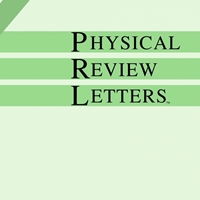BGU researchers are challenging the findings about a new class of materials that could potentially be used for super-fast computing and secure communications.
One of the focal points of the new Quantum Information Era has been the engineering of a new type of material – topological materials, which have the useful property that some of their physical characteristics are protected. This protection, the discovery of which garnered the researcher this year’s Nobel Prize in Physics, means that their characteristics are insensitive to large physical and chemical deformations, making them ideal for efficient, robust and secure methods of computing, information storage and communications. One class of such materials, known as topological insulators, has been singled out for possible application: when a superconductor is brought close to such materials, a new type of elementary particle emerges in the system, coined Majorana Fermions. Due to the topological protection, these particles can maintain quantum coherence for relatively long times, making them particularly useful for fault tolerant quantum computing, the holy grail of the Quantum Revolution.
All these observations, however, rely on a crucial point – that there is no magnetic field surrounding the topological materials. In a recent article, published in the prestigious journal Physical Review Letters, Prof. Yigal Meir from Ben-Gurion University of the Negev and his postdoc Jianhui Wang, in collaboration with Prof. Yuval Gefen from the Weizmann Institute of Science, have demonstrated that under the standard conditions where these materials are utilized, a magnetic field is spontaneously generated at the edge of topological insulators, destroying the topological protection of these materials and raising doubts about the previously proposed applications of these systems.
The researchers’ new article, however, suggests how to grow these materials such that the much sought-after topological protection may still be achieved. In particular, if the edges of the system are sharply cleaved, no such spontaneous magnetic field will be generated and topological protection would be restored.
Prof. Yigal Meir is a member of the Department of Physics at BGU.

